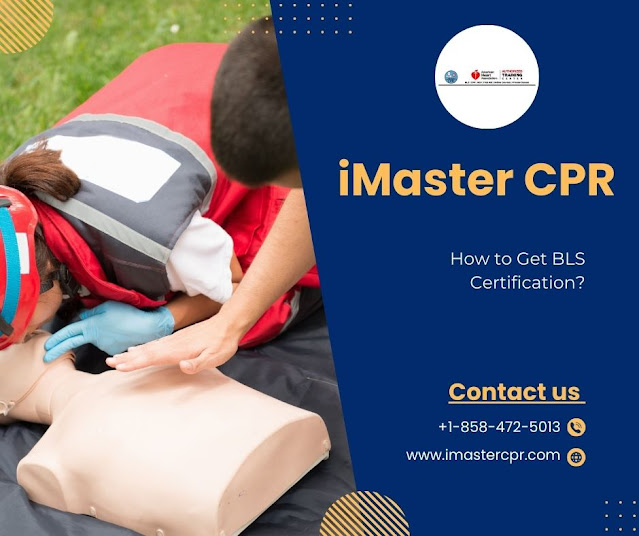American Heart Association CPR Class: A Life-Saving Skill Everyone Should Learn
In today's fast-paced world, emergencies can happen anywhere, anytime. Knowing how to respond effectively can make all the difference between life and death. That’s where an American Heart Association CPR class comes in. Whether you’re a healthcare provider or a concerned citizen, acquiring BLS certification is an essential step in being prepared for medical emergencies.
What is an American Heart Association CPR Class?
An American Heart Association CPR class is designed to provide participants with the knowledge and skills necessary to perform high-quality CPR. The training covers chest compressions, rescue breaths, and the use of an automated external defibrillator (AED). A key component of this training is BLS certification, which ensures that individuals are equipped to handle various life-threatening situations with confidence and competence.
Why is BLS Certification Important?
Obtaining BLS certification through an American Heart Association CPR class is crucial for medical professionals, first responders, and even everyday individuals. Cardiac arrest can happen without warning, and immediate CPR can double or even triple the chances of survival. By completing a BLS certification course, you gain the skills to act quickly and effectively in emergencies.
Who Should Take an American Heart Association CPR Class?
The American Heart Association CPR class is suitable for a variety of individuals, including:
Healthcare providers such as nurses, doctors, and paramedics who require BLS certification for their profession.
Teachers, coaches, and childcare workers who want to ensure the safety of those in their care.
Corporate employees and workplace safety officers who need to be prepared for medical emergencies.
Parents and caregivers who want to protect their loved ones by learning life-saving techniques.
What Does a BLS Certification Course Cover?
A BLS certification course, as part of an American Heart Association CPR class, includes:
High-quality chest compressions for adults, children, and infants.
The importance of early defibrillation and how to use an AED.
Effective rescue breathing and airway management.
Recognizing and responding to choking emergencies.
Team dynamics in high-pressure medical situations.
The Benefits of Getting BLS Certified
Enrolling in an American Heart Association CPR class and obtaining BLS certification offers numerous benefits, including:
Confidence in emergencies: You’ll know exactly what to do if someone collapses or stops breathing.
Job opportunities: Many professions require BLS certification, making it a valuable credential.
Compliance with regulations: Certain industries mandate CPR and BLS certification for employees.
Life-saving skills: You can make a real difference in your community by being prepared for emergencies.
In-Person vs. Online BLS Certification
When choosing an American Heart Association CPR class, you have the option of in-person or online training. In-person classes offer hands-on practice with real-time feedback, while online courses provide flexibility for those with busy schedules. Some online courses may still require an in-person skills assessment to complete BLS certification.
How to Enroll in an American Heart Association CPR Class
If you're ready to get BLS certification, enrolling in an American Heart Association CPR class is easy. At iMaster CPR, we offer both in-person and online classes tailored to your needs. Our expert instructors ensure that you receive top-quality training and leave feeling confident in your ability to perform CPR effectively.



Comments
Post a Comment